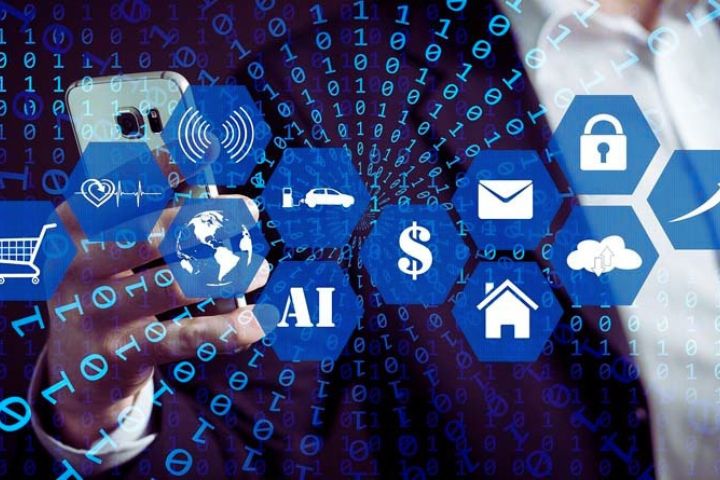Connected Objects: IIoT, the Industrial Internet of Things, requires that each factory or production line have a central location for data processing. To contain the financial and latency costs of transporting this data, this service must be provided on-premises and therefore close to the source of the data: this is where edge computing comes into play.
The concept of the Internet of Things (IoT) is seemingly simple: devices collect information from their environment and send it to a central point for processing. This is how, for example, the sensors of connected watches, sports bracelets and heart rate monitors on our wrists work. The information is sent to a server for processing, then returned to the sender and possibly shared with other services for further analysis.
A process like this involves a large amount of data that requires more and more processing resources, which increases the associated costs. This volume of data collected and sent is destined to create new opportunities in the industrial environment, as well as in the private sphere. In industry, it will be essential to innovate in terms of information processing at the edge.
Table of Contents
Edge Computing Solves The Problem Of Latency
The IoT concept relies on a rapid flow of information. The more sensors involved, the more decisions have to be made simultaneously, which inevitably affects the speed of data processing. Some decisions, especially those related to security, need to be made in an instant.
By having the necessary technology in a smart box at the edge (Edge), millions of IoT devices can be connected through the cloud, and decentralized data processing can then take place at the “edge” of a network, near from the data source. This smart box at the edge of the network performs various functions in edge computing. It contains the processing software inside a container, where the virtual functions are mapped.
In this vision of the future, huge hardware cabinets in the data center will be replaced by a handful of highly intelligent little boxes at the edge of the network, which can be used to orchestrate a series of processes.
Augmented reality (AR) applications are already demonstrating the potential of edge computing. Using AR to find merchandise in warehouses is an example of edge workloads that require low-latency communication. Warehouse workers use their connected glasses to navigate and pack ordered goods. The barcodes are scanned with the glasses and the merchandise is posted and a message is sent to the SAP system.
Zero Trust Also Protects IoT Workloads
Zero Trust has emerged as a model to secure user data flows to applications, regardless of where they are hosted. The granular nature of zero trust controls is equally relevant to protecting workloads running in edge computing scenarios. Access to the isolated workload is only granted from the authorized source, protecting the workload at the edge from unwanted access or general external visibility. Since such an access concept is no longer provided at the traditional network level, it provides the granular protection needed for shared edge services.
Cloud providers such as AWS are already working with Vodafone in Europe to enable secure access services for edge computing applications. The demand for edge computing services will increase as companies recognize the competitive advantages they can gain for Industry 4.0 or applications such as augmented reality. No other user of the telecommunications operator will be able to see or access the company’s own applications.
The 5G service provided by the telecommunications operator will guarantee the necessary speed for access. In the future, an unimaginable number of applications will be possible in a production environment, such as smart factories, networked vehicles and innovative sales experiences. The fusion of IoT applications with edge computing will allow the necessary data transfer speed. The combination of edge computing, IoT and the Zero Trust model through 5G will make secure and high-performance application scenarios a reality, keeping them safe from the dreaded intrusions.
